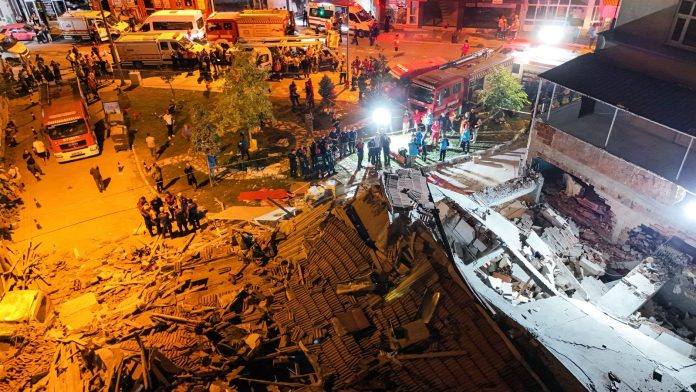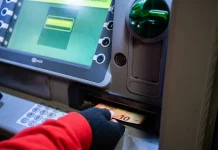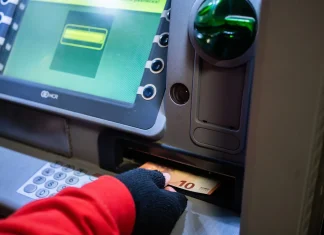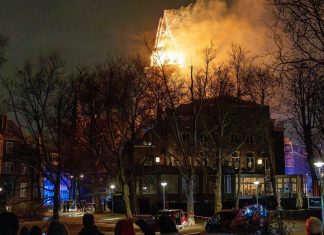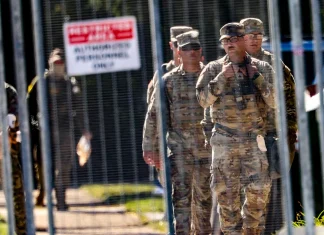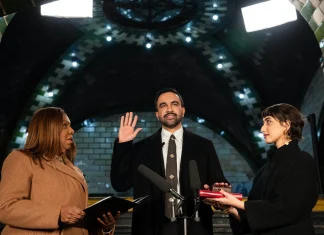When the Earth Trembles: The Human Story Behind Turkey’s Latest Quake
On a warm evening in western Turkey, as life was unfolding in its usual rhythms, the ground suddenly betrayed its calm. At 7:53 pm, a 6.1 magnitude earthquake shook the town of Sindirgi and sent ripples of fear far beyond its borders. The shockwaves rolled across the western cities of Turkey—felt sharply in densely populated hubs like Istanbul and the vibrant coastal city of Izmir, a magnet for tourists craving sun and history. But for the residents of Sindirgi, it was a night that seared itself into memory, a sudden rupture in the ordinary.
The Immediate Aftermath: Lives Shattered and Saved
When the dust settled, the devastation was heartbreakingly clear. Sixteen buildings crumbled, four of which were homes where families had sought shelter just hours before. Among these was a three-storey building in Sindirgi’s city center. Inside, six people had been living their everyday lives. Their world was turned upside down in seconds.
Turkish Interior Minister Ali Yerlikaya, present at the epicenter, conveyed the somber toll: “An 81-year-old person died soon after being rescued from under the rubble. It is a stark reminder of the fragility of life when nature’s fury strikes.” Besides this tragic loss, 29 others were injured, though thankfully none seriously.
Amid the rubble, stories of survival shone through the darkness. “Four people were rescued from the wreckage of the city center building,” Mayor Serkan Sak told NTV, capturing a flicker of hope in harrowing conditions. Rescue teams worked tirelessly to extract two others still trapped, their efforts a testament to human resilience and urgency.
More than three hundred first responders—319, to be exact—poured into the region, equipped with determination and urgency as they combed through debris. As the night stretched on, they faced not only the physical challenge of broken structures but the emotional burden of tending to anxious families waiting for news.
The Geology Behind the Tremor: Turkey’s Earthly Crossroads
Turkey’s landscape is shaped by restlessness beneath its feet. The archipelago of fault lines crisscrossing the country makes it one of the world’s most earthquake-prone zones. Each tremor is a reminder of this precarious existence.
The 6.1 magnitude quake in Sindirgi is the latest in a series of seismic events that have rattled Turkey’s western provinces over the past year. Just last February, the catastrophic earthquake in the southwest claimed more than 53,000 lives and left ancient cities like Antakya scarred beyond recognition. Historic sites that have stood for millennia were reduced to rubble within minutes.
The echoes of that trauma still reverberate today. Earlier this July, a 5.8 magnitude tremor in the same region injured 69 people and took a life. These unsettling patterns provoke urgent questions: Are cities like Sindirgi and Antakya prepared for such calamities? How can disaster response and infrastructure adapt to a landscape that is, quite literally, shifting beneath their foundations?
Through the Eyes of the Locals: Streets Painted with Stories
In Sindirgi, the quake’s impact is more than statistics and damage reports. It is etched on the faces of its people, voiced in their cautious conversations, and witnessed in the streets where everyday life was abruptly interrupted.
Meryem, a shopkeeper whose family home narrowly escaped destruction, describes the moment she dropped to the floor as the walls “began dancing.” “Everything around me was shaking like the trees in a storm,” she recalls. “I held my children close. I think of those who were not so lucky.”
Older residents remember a history of uneasy nights and cautious mornings. Mustafa, a retired school teacher, explains, “This land carries memories of so many tremors. But each time, the earthquake changes us. We rebuild, yes—but with fear woven into each stone.”
Such voices illuminate a culture that reveres its history yet lives in intimate dialogue with danger. Buildings, many centuries old, hold stories of generations. But the past’s grandeur must now grapple with urgent needs for safety and resilience.
The Human Cost Beyond the Numbers
As the news of the underground struggle emerges—rescuers hunting for survivors, families waiting for a familiar face to reappear—it’s easy to reduce the tragedy to a list of casualties and injuries. But what about the silent aftershocks, the emotional tremors rippling through communities?
“Loss is never just physical,” says Dr. Elif Kaya, a psychologist volunteering in Sindirgi. “Even when injuries are mild, the trauma lingers. Children might wake up at night, adults carry anxiety in their shoulders. The earth’s shaking unsettles the soul as much as the body.”
Her words invite us to consider the wider impacts. How do societies heal after such sudden ruptures? How do communities rebuild more than walls—how do they weave back together the social fabric torn apart?
Lessons in Resilience: Preparing for Tomorrow’s Shocks
Turkey stands at a crossroads. The geological volatility of the region is undeniable, but so is the spirit of its people. There is a growing momentum toward improving disaster preparedness, retrofitting vulnerable buildings, and educating citizens in seismic safety.
The recent quakes have sparked policy debates and grassroots action. Innovations in early warning systems, stricter building codes, and community drills are gaining traction. But implementing these solutions—especially in smaller towns like Sindirgi—is a race against time and resources.
Looking beyond Turkey, what resonates globally is the shared vulnerability of communities living in seismic zones—from California to Japan to Nepal. The question we all face is this: How do we learn from each tragic shock? How can the scars of one earthquake serve as shields for the next?
Final Thoughts: Feeling the Earth Move
As the aftershocks continue to remind Turkey that the earth beneath it is restless, the true tremors are felt in the hearts of its people. The story of Sindirgi is a vivid reminder of nature’s unpredictable force and humanity’s courageous will to survive and rebuild.
Next time you feel the ground shift beneath your feet—whether a subtle vibration or a jarring quake—pause to reflect. How connected are we to the ground we walk on? What would we do if that ground suddenly betrayed us? And, most crucially, how can we come together—neighbors, cities, nations—to face these moments not as victims but as resilient communities bound by shared hope?
Turkey’s story is still unfolding. But reading between the tremors, one truth shines: the earth moves, but so does the human spirit.


